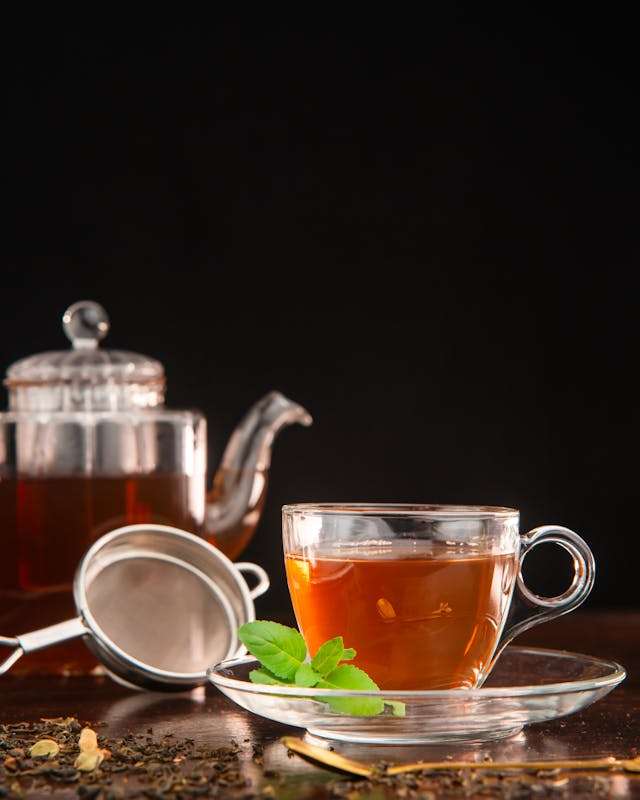It may seem natural to pour wine until you see how quickly servings stack up. Knowing how many glasses of wine in a bottle is essential for making thoughtful, health-conscious decisions and for keeping track of alcohol use.

1. The typical bottle: 750 ml, or about five glasses
A typical wine bottle contains 750 ml, or about 25 oz, which, when poured at a moderate pour, makes approximately five 150 ml (5 oz) provides. For the majority of still wines, that is a sensible default.
2. Wine Bottle Sizes and Servings
- Very large formats (e.g., Jeroboam, Rehoboam): dozens more
- Half bottle (375 ml): ~2.5 glasses
- Magnum (1.5 L): ~10 glasses
3. Pour Size Makes a Difference
Smaller servings of approximately 125 ml can extend that to six servings, whereas larger servings ranging from 175 to 250 ml decrease it to three or four glasses.
4. Various Categories of Wine, Various Serving Suggestions
Sparkling wines (such as Champagne or Prosecco) are generally presented in flutes with a capacity of around 125 ml, providing roughly six servings. Fortified or dessert wines (for instance, Port or Sherry) are typically served in smaller portions of 60 to 75 ml, resulting in 10 to 12 servings from a 750 ml bottle.

Understanding Serving Counts Contributes to Health
Moderate alcohol intake is typically characterized as one 5-oz glass daily for women, and no more than two for men. Surpassing this limit increases the likelihood of cancers, cardiovascular problems, and alcohol-related damage.
A single full bottle can rapidly surpass the recommended weekly limits—therefore, monitoring servings is essential for maintaining responsible consumption.
Even small quantities may pose risks: recent guidelines suggest that no amount of alcohol can be deemed entirely safe.
Summary:
A single full bottle can rapidly surpass the recommended weekly limits—therefore, monitoring servings is essential for maintaining responsible consumption.



